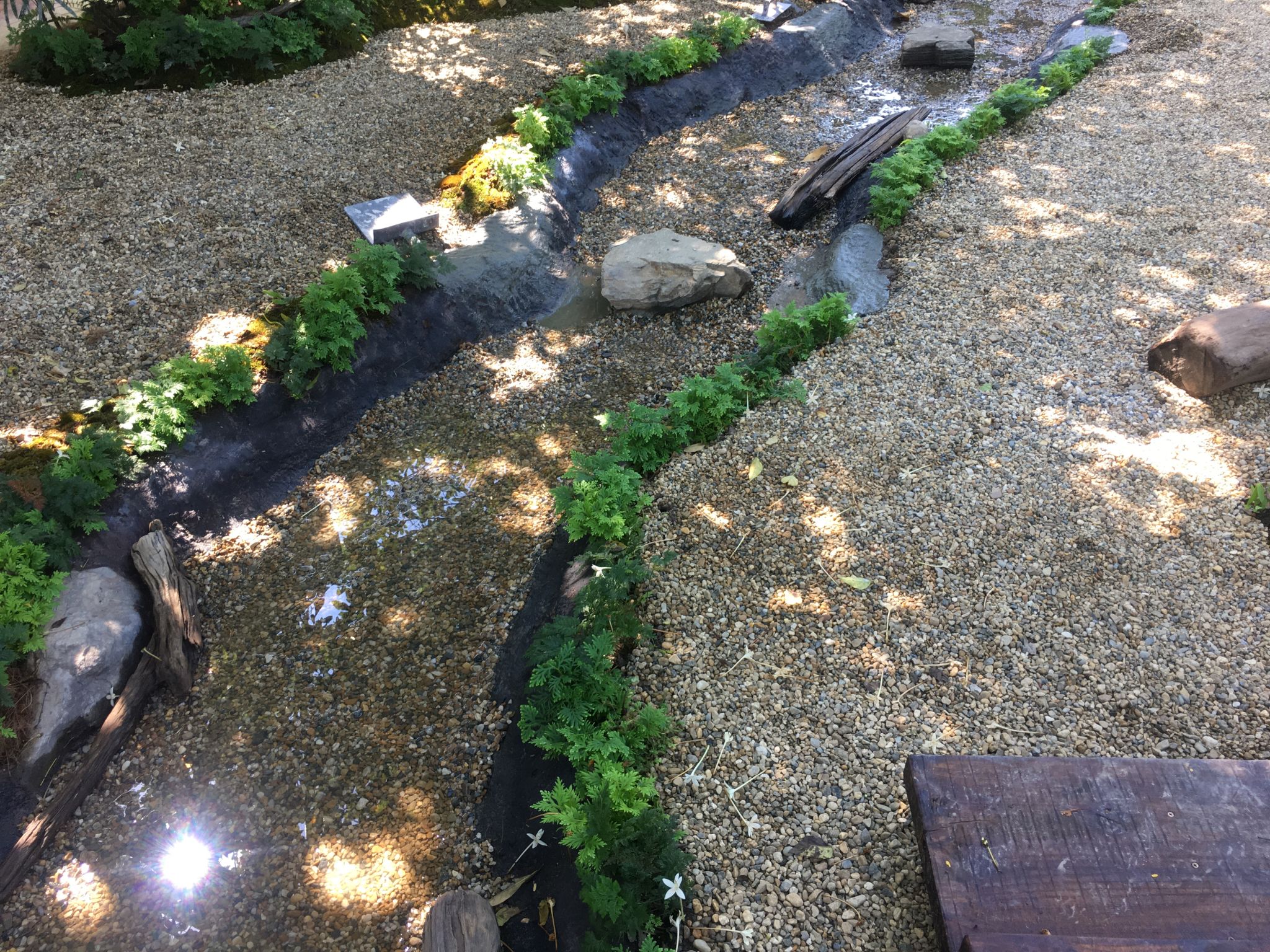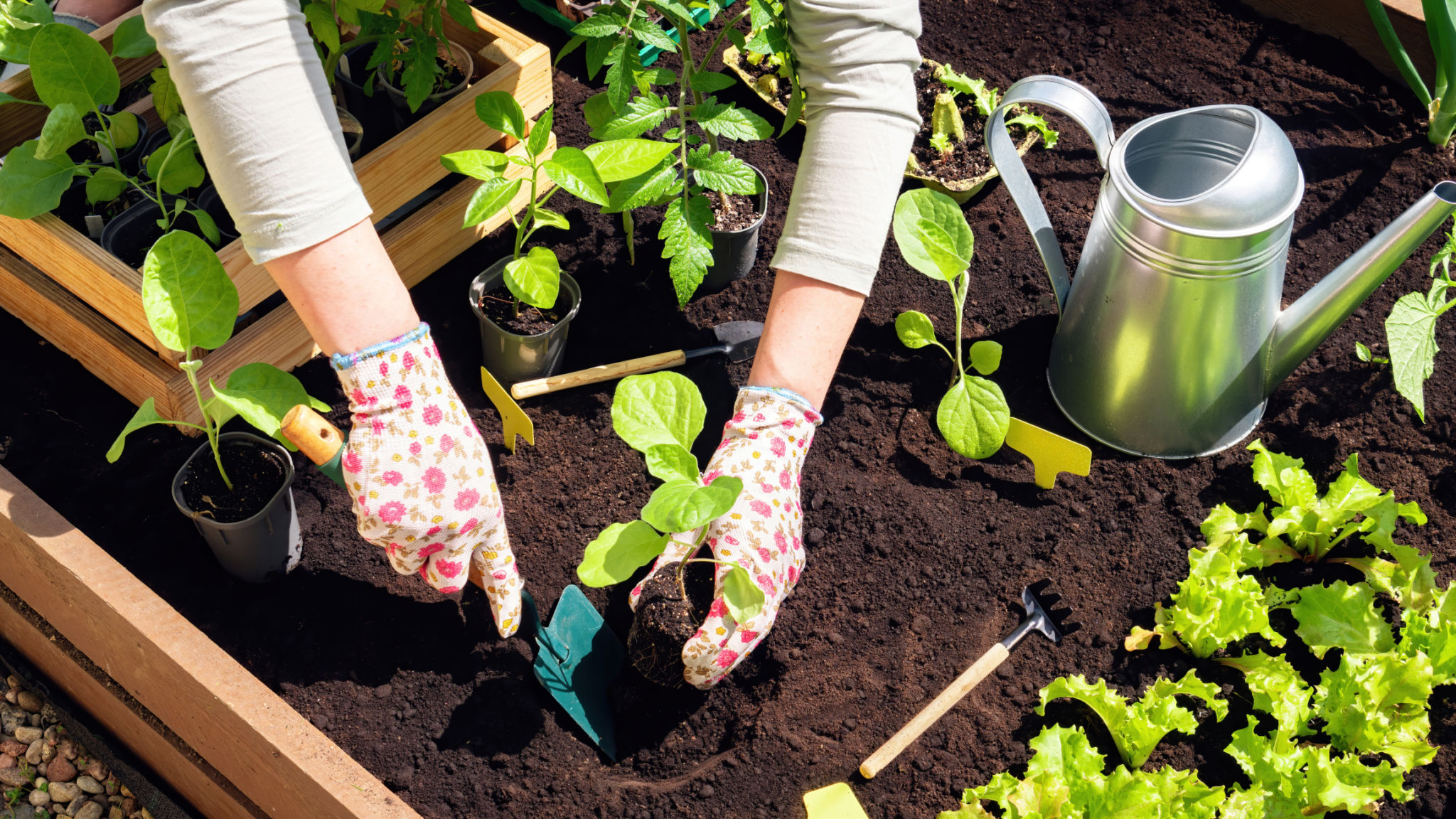Step-by-Step Guide to Evaluating Bio-Swale Projects on Your Property
Understanding Bio-Swales
Bio-swales are landscape elements designed to manage water runoff, filter pollutants, and enhance the aesthetic appeal of a property. They are a sustainable and effective way to handle stormwater, prevent erosion, and contribute to groundwater recharge. If you're considering a bio-swale project on your property, it's crucial to evaluate various factors to ensure its success.

Assessing Your Property's Needs
Before jumping into a bio-swale project, you need to assess your property's specific needs. Take note of the areas prone to waterlogging or excessive runoff. Determine the volume of water your bio-swale will need to handle during heavy rainfall. This assessment will guide the design and placement of your bio-swale.
It's also important to consider the existing landscape and soil type. Understanding the soil permeability will help in selecting appropriate vegetation and ensuring effective water filtration. Consulting with a landscape architect or an environmental engineer may provide valuable insights during this evaluation phase.
Designing Your Bio-Swale
Once you have a clear understanding of your property's requirements, the next step is designing the bio-swale. The design should focus on maximizing water retention and filtration while integrating seamlessly into your landscape. Consider the size, shape, and gradient of the bio-swale to ensure proper water flow.

Choose plants that thrive in wet conditions and have deep root systems for effective filtration and stabilization of the soil. Native plants are often recommended as they adapt well to local conditions and support local biodiversity.
Construction and Implementation
With a solid design in place, it's time to move into the construction phase. Begin by excavating the designated area according to your design specifications. Ensure that the bottom of the bio-swale is level to facilitate even water distribution. Add layers of gravel or other permeable materials to aid in filtration.
Planting should be done carefully, following the layout plan established in your design phase. Ensure that plants are spaced properly to allow for growth and effective water absorption. Mulching around the plants can help retain moisture and suppress weeds.

Maintenance and Monitoring
After construction, regular maintenance is crucial for the bio-swale’s long-term success. Monitor the bio-swale during rain events to ensure it is functioning correctly. Clear debris that might obstruct water flow, and replace any dead plants promptly.
Periodic inspections will help identify any erosion issues or silt build-up that needs addressing. Adjustments may be required over time as plants mature and weather patterns change, ensuring that your bio-swale remains effective and visually appealing.
Benefits of Bio-Swales
Implementing a bio-swale on your property offers numerous benefits beyond water management. They enhance the aesthetic value of your landscape, provide habitat for wildlife, and contribute positively to the environment by filtering pollutants naturally. By investing in a bio-swale project, you are not only protecting your property but also promoting sustainability.
Ultimately, a well-designed and maintained bio-swale can make a significant difference in how stormwater is managed on your property, leading to a healthier environment and more resilient landscape.
